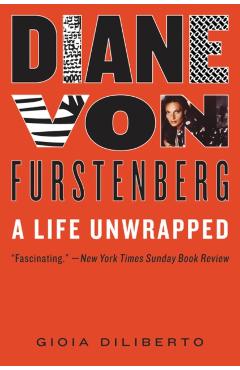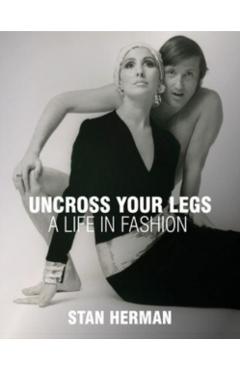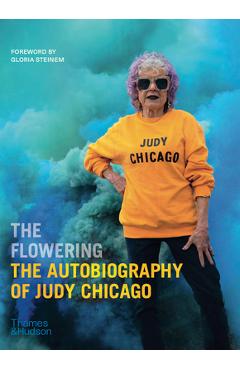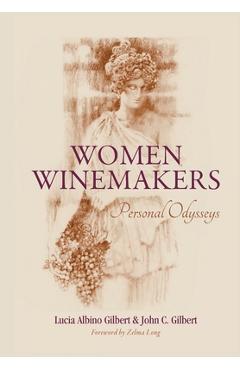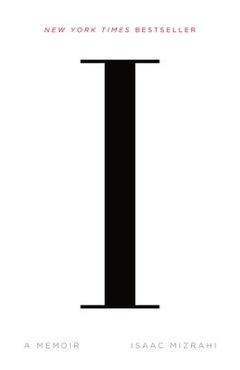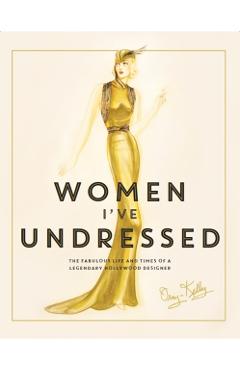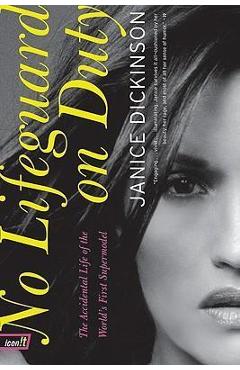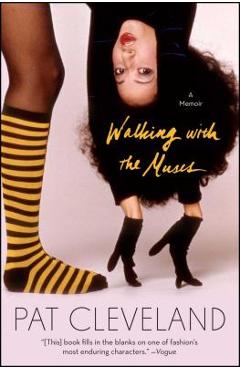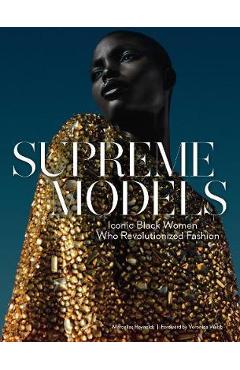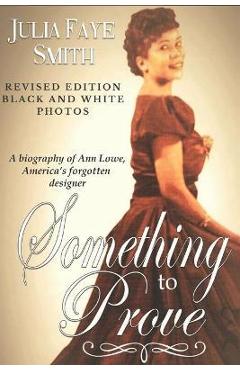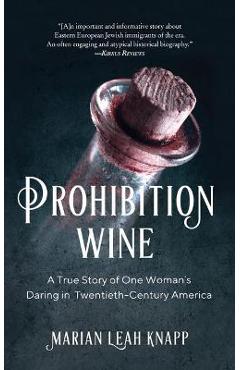Diane: A Signature Life

Diane: A Signature Life
She didn't have to work, but she did. She lived the American Dream before she was thirty, building a multimillion-dollar fashion empire while raising two children and living life in the fast lane.
Von Furstenberg's wrap dress, a cultural phenomenon in the seventies, hangs in the Smithsonian Institution. "No one was making a little bourgeois dress, so I did," she told Newsweek in her 1976 cover story. The dress achieved such popularity that in the five years it was on the market, Diane sold more than five million of them. Her entry into the beauty business in 1979 was as serendipitous and as successful.
Diane learned her trade in the trenches, crisscrossing the country to make personal appearances at department stores, selling her dresses and cosmetics. "As I was learning to be a woman and enjoying being one, I was sharing my discoveries, designing for my needs, and making a business of it," she writes. That business had its ups and downs. Eventually, there was so much demand for and exposure of the dress that the market became saturated; on the verge of bankruptcy, she licensed that part of the business, focusing on her fragrance and beauty products.
Von Furstenberg's personal world unraveled a bit in 1980 when her mother, Lily, a survivor of Auschwitz, had a breakdown. Diane of course knew about her mother's experience in the camps, though her mother had never wanted to dwell on it. She understood that her own need for freedom came from her mother's lack of it, and that her resilience derived from her mother's life lesson to always turn a negative into a positive.
Leaving the glitz of Manhattan and the music of Studio 54 behind, Diane escaped to Bali with her children, returning inspired and renewed. With all of this energy, the cosmetics business flourished. But it grew so fast that in 1983 she found herself undercapitalized and was forced to sell.
In 1985, having given up control of her brand to licensees and with her children away at school, Diane turned her back on America and packed for Paris. She spent four years in her new role as part of the literary scene there, trading in her spike heels for flat shoes and tweed.
In 1990, she found she missed the chase and returned to New York to regain
PRP: 131.94 Lei
Acesta este Pretul Recomandat de Producator. Pretul de vanzare al produsului este afisat mai jos.
118.75Lei
118.75Lei
131.94 LeiLivrare in 2-4 saptamani
Descrierea produsului
She didn't have to work, but she did. She lived the American Dream before she was thirty, building a multimillion-dollar fashion empire while raising two children and living life in the fast lane.
Von Furstenberg's wrap dress, a cultural phenomenon in the seventies, hangs in the Smithsonian Institution. "No one was making a little bourgeois dress, so I did," she told Newsweek in her 1976 cover story. The dress achieved such popularity that in the five years it was on the market, Diane sold more than five million of them. Her entry into the beauty business in 1979 was as serendipitous and as successful.
Diane learned her trade in the trenches, crisscrossing the country to make personal appearances at department stores, selling her dresses and cosmetics. "As I was learning to be a woman and enjoying being one, I was sharing my discoveries, designing for my needs, and making a business of it," she writes. That business had its ups and downs. Eventually, there was so much demand for and exposure of the dress that the market became saturated; on the verge of bankruptcy, she licensed that part of the business, focusing on her fragrance and beauty products.
Von Furstenberg's personal world unraveled a bit in 1980 when her mother, Lily, a survivor of Auschwitz, had a breakdown. Diane of course knew about her mother's experience in the camps, though her mother had never wanted to dwell on it. She understood that her own need for freedom came from her mother's lack of it, and that her resilience derived from her mother's life lesson to always turn a negative into a positive.
Leaving the glitz of Manhattan and the music of Studio 54 behind, Diane escaped to Bali with her children, returning inspired and renewed. With all of this energy, the cosmetics business flourished. But it grew so fast that in 1983 she found herself undercapitalized and was forced to sell.
In 1985, having given up control of her brand to licensees and with her children away at school, Diane turned her back on America and packed for Paris. She spent four years in her new role as part of the literary scene there, trading in her spike heels for flat shoes and tweed.
In 1990, she found she missed the chase and returned to New York to regain
Detaliile produsului










